Table of content
Zongzi, the beloved pyramid-shaped rice dumplings wrapped in bamboo or reed leaves, are a culinary staple during festivals like the Dragon Boat Festival. These savory or sweet treats, filled with ingredients like glutinous rice, pork, mushrooms, or red bean paste, are often prepared in bulk and frozen for future enjoyment. However, reheating frozen zongzi to achieve the ideal texture—soft, sticky rice with melt-in-your-mouth fillings—requires precision. This article delves into the science and techniques behind cooking frozen zongzi, exploring cooking times for various methods, troubleshooting common pitfalls, and offering expert tips to elevate your zongzi experience.
Understanding Zongzi: A Brief Cultural and Culinary Overview
Before diving into cooking times, it’s essential to appreciate the craftsmanship behind zongzi. Traditionally, families gather to wrap these dumplings by hand, a process that involves soaking glutinous rice, preparing fillings, and folding leaves into intricate shapes. Freezing zongzi is a practical way to preserve this labor-intensive dish, but improper reheating can result in uneven cooking, gummy textures, or undercooked centers. The goal is to thaw and heat the dumplings gently, ensuring the rice rehydrates without becoming mushy and the fillings reach a safe, flavorful temperature.
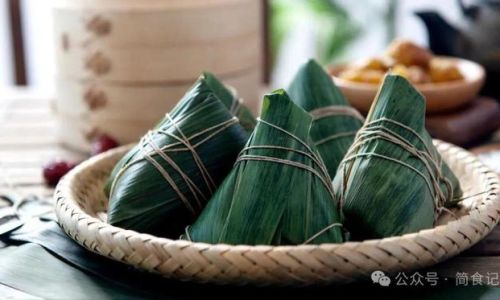
Factors Influencing Cooking Time
Several variables affect how long it takes to cook frozen zongzi:
- Size and Thickness: Larger zongzi (e.g., those stuffed with whole salted eggs or chunks of meat) require more time than smaller, simpler varieties.
- Filling Density: Dense fillings like chestnuts or dried shrimp conduct heat differently than loose mixtures like red bean paste.
- Freezing Method: Zongzi frozen individually cook faster than those clumped together in a bag.
- Cooking Method: Boiling, steaming, pressure cooking, and microwaving each yield different timelines.
Cooking Methods and Recommended Times
Boiling: The Classic Approach
Boiling is the most common method, as it mimics the original cooking process used to prepare fresh zongzi.
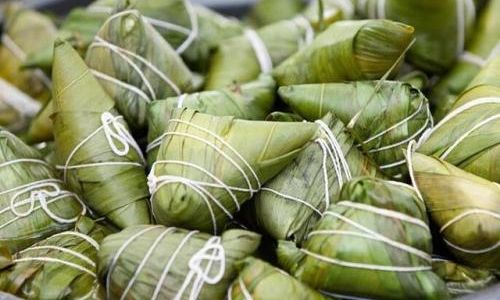
- Steps:
- Fill a large pot with water (enough to submerge the zongzi).
- Add a pinch of salt to prevent the rice from sticking.
- Place frozen zongzi directly into the water—no need to thaw.
- Bring to a rolling boil, then reduce heat to a gentle simmer.
- Cooking Time:
- Small zongzi (≈100g): 20–25 minutes.
- Medium zongzi (≈150g): 25–30 minutes.
- Large zongzi (≈200g+): 30–40 minutes.
- Pro Tip: Gently squeeze a zongzi after cooking. If the leaves feel pliable and the rice inside yields slightly to pressure, it’s ready.
Steaming: Preserving Moisture and Flavor
Steaming is ideal for retaining the zongzi’s natural aromas and preventing waterlogging.
- Steps:
- Place a steamer basket in a pot with 1–2 inches of water.
- Arrange frozen zongzi in a single layer, leaving space between each.
- Cover and bring water to a boil.
- Cooking Time:
- Small zongzi: 25–30 minutes.
- Medium zongzi: 30–35 minutes.
- Large zongzi: 35–45 minutes.
- Pro Tip: Wrap zongzi in parchment paper before steaming to prevent sticking.
Pressure Cooking: Speed Without Sacrifice
Pressure cookers slash cooking times by trapping steam, creating high heat.
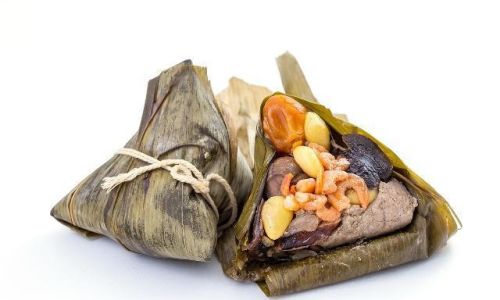
- Steps:
- Add 1 cup of water to the pressure cooker.
- Place frozen zongzi on a trivet or rack.
- Seal and cook on high pressure.
- Cooking Time:
All sizes: 15–20 minutes, followed by a natural release.
- Pro Tip: Avoid overfilling the cooker; steam needs space to circulate.
Microwaving: The Quick Fix
While convenient, microwaving risks uneven heating. Use this method sparingly.
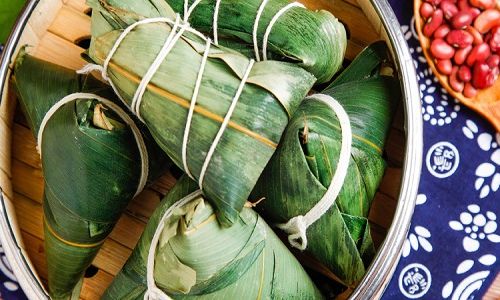
- Steps:
- Wrap each zongzi in a damp paper towel.
- Place on a microwave-safe plate.
- Cook on medium power (50–70%) in 2-minute intervals.
- Cooking Time:
- Small zongzi: 4–6 minutes.
- Medium zongzi: 6–8 minutes.
- Large zongzi: 8–10 minutes.
- Pro Tip: Flip zongzi halfway through and let rest 1–2 minutes before serving.
Signs of Perfectly Cooked Zongzi
- Texture: The rice should be tender but not mushy, with individual grains distinguishable.
- Temperature: The internal temperature should reach 165°F (74°C) to ensure fillings are safely heated.
- Aroma: The leaves should release a fragrant, grassy scent, indicating proper steaming.
- Ease of Unwrapping: The leaves should peel away cleanly without tearing the rice.
Common Mistakes and How to Avoid Them
- Undercooking:
- Issue: Cold centers, gummy rice.
- Fix: Extend cooking time in 5-minute increments.
- Overcooking:
- Issue: Mushy rice, burst leaves.
- Fix: Monitor closely and use a timer.
- Uneven Thawing:
- Issue: Ice crystals cause uneven cooking.
- Fix: Cook from frozen; thawing alters texture.
- High Heat:
- Issue: Tough rice, scorched leaves.
- Fix: Maintain a gentle simmer or low steam.
Storage and Reheating Tips
- Freezing: Wrap zongzi individually in plastic or foil to prevent freezer burn. They last 3–6 months.
- Thawing: Never thaw at room temperature; cook directly from frozen.
- Reheating Leftovers: Use a steamer or microwave with a damp paper towel to retain moisture.
Creative Variations and Serving Ideas
- Sweet Zongzi: Drizzle with honey or serve with coconut milk.
- Savory Zongzi: Pair with chili oil or soy sauce.
- Fusion Twists: Slice cooked zongzi into rounds and pan-fry for a crispy texture.
Conclusion
Mastering the art of cooking frozen zongzi hinges on patience, attention to detail, and an understanding of your chosen method. Whether you prefer the time-tested boil, the flavor-preserving steam, the speed of a pressure cooker, or the convenience of a microwave, adjusting times based on size and thickness is key. By avoiding common pitfalls and embracing the nuances of each technique, you’ll transform frozen dumplings into a feast worthy of celebration. So, the next time you unwrap a frozen zongzi, remember: perfection lies not just in the recipe, but in the rhythm of the heat.
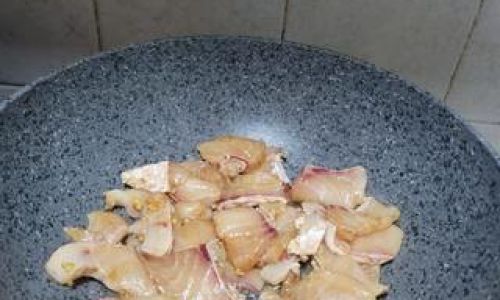


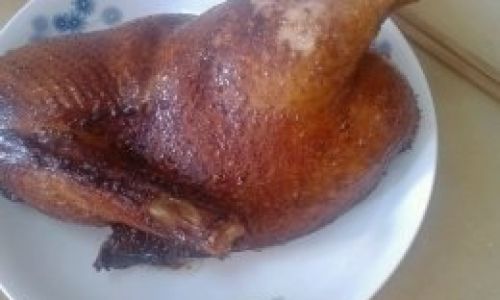
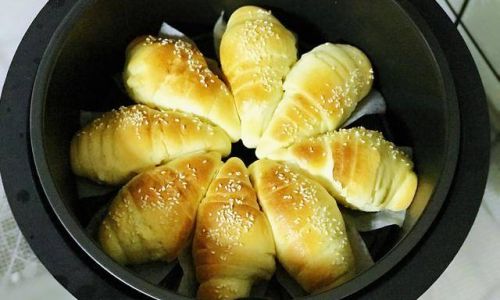
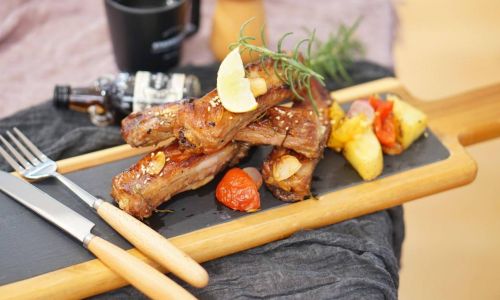
0 comments